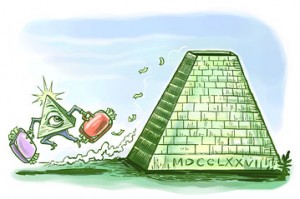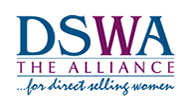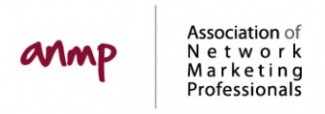Dean VanDruff
By Len Clements ©2005
| I love Multilevel Marketing. I’ve been involved, full time, for over 14 years, and I’ve managed to make a very good living at it – and I’ve never front loaded anyone with product, I’ve never flashed my check, I’ve never mislead anyone into attending an opportunity meeting, I’ve never sold training or tools for a profit, I’ve never made an outrageous product claim, and I’ve never lost a single friend in the process. I have, with hard work, commitment, and patience managed to ethically and honestly build a downline sales organization that has afforded me enough residual income to “exit the rat race.” However, according to some, I don’t exist. There are certainly some networkers among us who might be considered “zealous” as well. Perhaps overly so. But for every person attempting to convince a jaded, wary world that MLM is true, and good, there are at least an equal number who immediately dismiss it with prejudice. And, yes, some of them can get a little overzealous as well. Anti-MLM Zealots tend to come in two flavors: Ignorant or vindictive. In other words, they’ve either never actually participated in MLM themselves (thus have adopted someone else’s opinion as their own, or simply guessed at their conclusions), or they have participated and failed at it. Would you take marriage advice from a guy who was recently divorced? Or, worse, has never even had a girlfriend? Would you take golf lessons from someone who shot in the 120s, or who never played golf – no matter how much they claimed they had “studied and analyzed” the game? In fact, there are four individuals who have made it a point (and in some cases, it seems, their life’s mission) to be a thorn in the side of every MLMer in an effort to save the other 283 million Americans from a fate such as mine. Although these Four Horsemen of the Apocryphal are small in number, thanks to the internet their words are available to millions, and they are doing some damage (do a Google search for “MLM” — the top three results are anti-MLM sites). Whether you realize it or not, many of those who are not responding to your marketing campaign are victims of the anti-MLM propagandists. To many they seem to make sense. Do they? I certainly don’t think so, and I’ll be telling you why here in this publication over the next several issues. I think it’s about time these naysayers be taken to task. Their words have lingered unopposed long enough. They’re wrong, and here’s why… What’s Wrong With Multilevel Marketing? – Dean Van Druff Mr. Van Druff was just a warm up. Next issue I’ll be cleaning up the mess made by Dr. Robert FitzPatrick, author of the books “False Profits” and “Pyramid Nation.” He’s also the founder of the “Pyramid Scheme Alert” organization. Naturally, he believes all multilevel marketing companies are illegal pyramids. He’s wrong – on multiple levels. Stay tuned. This is going to be fun! |











